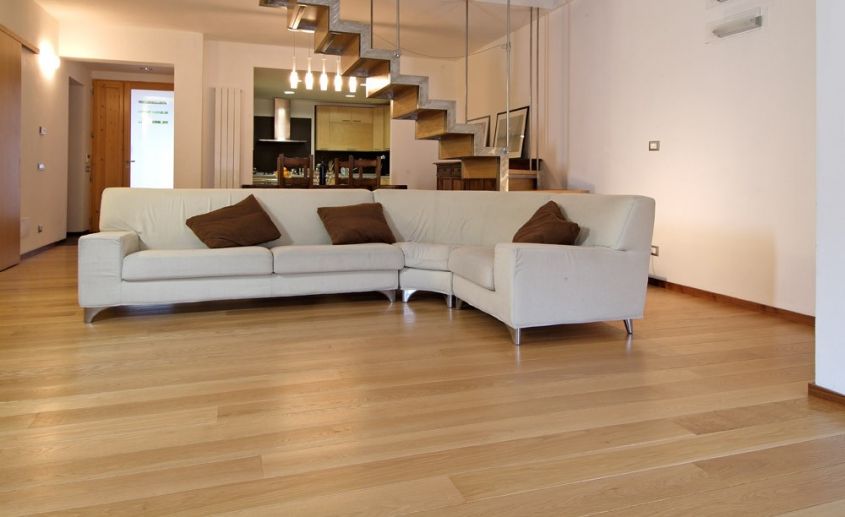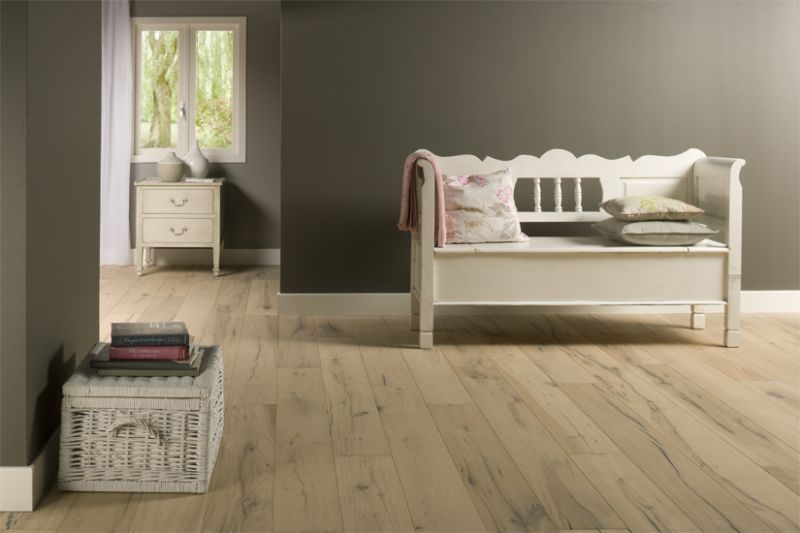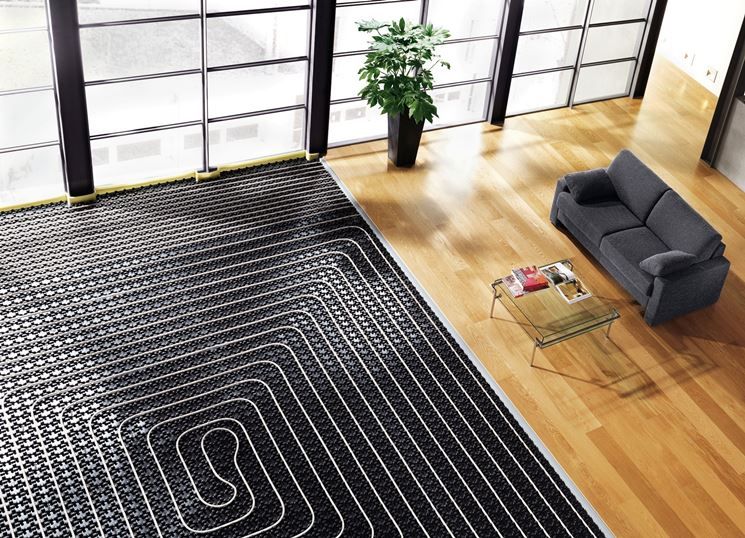What are the pros and cons of the underfloor heating? The underfloor heating, also called radiant panel system, was already used in residences in the 50s and 60s. Today this type of heating, which has been improved and is much more effective than in the past, is widely requested, especially in the renovation phase. Obviously as with all types of heating, there are pros and cons. The choice will therefore be made according to your needs and your lifestyle.
The underfloor heating it is one of the most requested heating systems in recent years, also thanks to the convenient tax deductions and the greater competence among installers.
The opinions on underfloor heating they are different and are very influenced by the lifestyle and needs of the inhabitants of the house.

To clarify, let’s try to understand first how underfloor heating works. The floor system is a complex of pipes where low temperature water circulates, which can be integrated with heat pumps and condensing boilers. This combination guarantees efficiency of thermal efficiency and savings in terms of energy consumption.
Then there is the electric underfloor heating formed by electric resistances, placed under the floor, which radiate heat from the bottom upwards.

What are the pros and cons of underfloor heating? Comfort and uniformity of heat are among the pros of this type of heating, not to mention the considerable energy savings, which are reduced by 20-30% compared to a heating system traditional.
One of the disadvantages of underfloor heating is that it must almost always be left on, to perform its function in the best possible way. These types of heaters take a long time to heat up and spread the heat evenly.

THE underfloor heating prices they vary greatly depending on the type of system chosen. Let’s say that compared to traditional radiators, the underfloor heating has a cost of 30% more. The average cost of an installation can vary between 70 and 110 euros per square meter.


